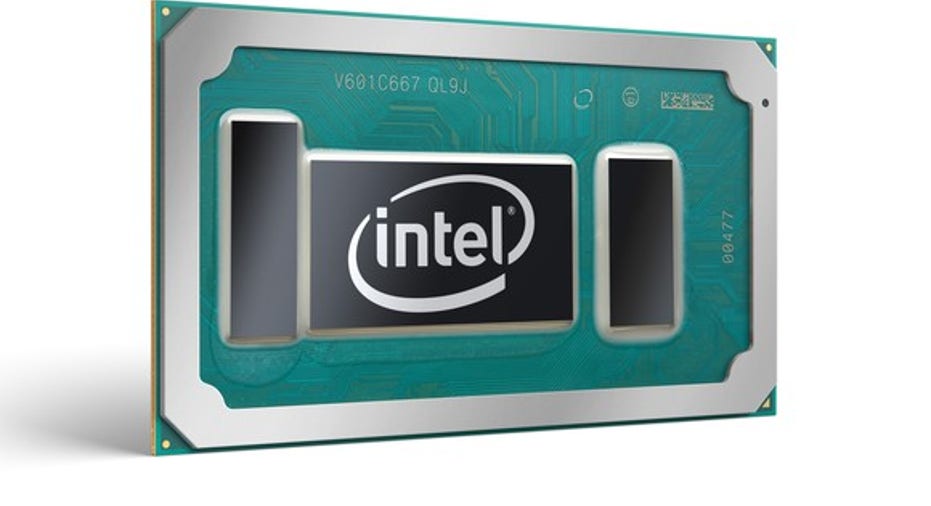Intel Corporation Sheds Light on Investment Cutbacks

In April of 2016, microprocessor giant Intel (NASDAQ: INTC) announced that it would be undergoing a restructuring program designed to "accelerate [Intel's] evolution from a [personal computer] company to one that powers the cloud and billions of smart, connected computing devices."
The net effect of this restructuring was the elimination of "up to 12,000 positions globally" as well as "annual run rate savings of $1.4 billion by mid-2017."
It is widely believed that much of the cost-cutting happened in the company's Client Computing Group (CCG), which sells components for personal computers as well as for phones, tablets, and so on.
Although investors were made aware of the company's investment reductions in areas like smartphone and tablet processors, there were some questions about where else the company might have cut costs. Did the company significantly cut expenses in its core personal computer processor and platform businesses, for example?
The General Manager of Intel's CCG, Navin Shenoy, recently spoke at the J.P. Morgan Annual Tech Forum, providing some critical insight into just what was cut and what wasn't. Let's take a closer look at what he had to say.
Image source: Intel.
Tablets and phones get cut -- PCs, not so much
Shenoy began by saying:
"It was prudent for us to trim some of those investments in tablets and phones," Shenoy further elaborated.
However, Shenoy made it clear that the company didn't cut any of its key personal computer product lines and projects as the company's efforts here are "highly profitable."
"It didn't make sense to stop doing those," Shenoy explained.
That's not to say, though, that the company didn't cut costs in these areas in a bid to participate in those markets "more efficiently."
"We did the things you typically see companies do," Shenoy began. "We shifted resources to lower cost geographies, we combined things, we found site consolidation opportunities, and a lot of that yielded very good cost reduction that you see flowing through our bottom line now."
Full impact to be seen in 2017
Year to date, Intel has reported operating profit growth in CCG of just under 31% against revenues that are up about 1.3%. Part of that improvement has been due to operating expense reductions, and part of it has been due to product margin improvements (improved 14-nanometer yields, lower contra-revenue, etc.).
Intel announced its restructuring actions back in April, so -- as Shenoy pointed out -- the full impact of the investment reductions on operating profit won't show itself in Intel's full-year 2016 results.
"I think what you'll see in 2017 is, since most of that activity really didn't hit fully until the back half of [2016], you'll see now a full-year of benefit on a lot of that cost reduction in 2017," Shenoy said.
Investment takeaway
Only time will tell whether Intel has cut spending in its core personal computer product efforts too deeply, but Shenoy's commentary seems encouraging. With the company's operational cost structure reduced to where it's likely going to be going forward, investors must look for the company to either grow its revenue and/or its gross profit margins to deliver continued profit growth in CCG.
Considering that the personal computer market is likely to remain challenging in the years ahead, investors may want to keep their expectations in check, here. If Intel can keep revenues and profits in CCG roughly flat while growing its other businesses, then the company should be able to deliver overall revenue and profit growth.
Investors should keep a close eye on the revenue and profit expectations Intel puts out there when it hosts its annual investor meeting on February 9 of this year.
10 stocks we like better than Intel When investing geniuses David and Tom Gardner have a stock tip, it can pay to listen. After all, the newsletter they have run for over a decade, Motley Fool Stock Advisor, has tripled the market.*
David and Tom just revealed what they believe are the 10 best stocks for investors to buy right now...and Intel wasn't one of them! That's right -- they think these 10 stocks are even better buys.
Click here to learn about these picks!
*Stock Advisor returns as of January 4, 2017.
Ashraf Eassa owns shares of Intel. The Motley Fool recommends Intel. The Motley Fool has a disclosure policy.